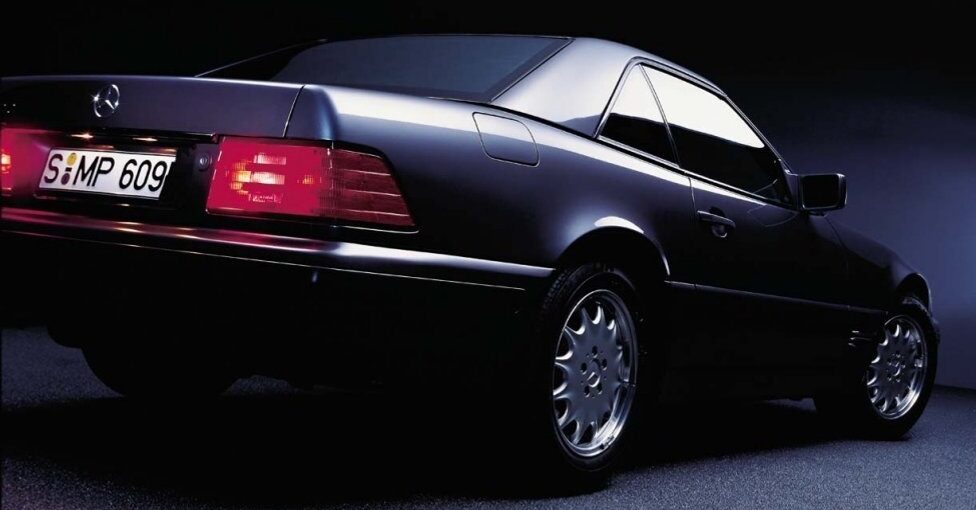Mercedes R129 – Engineering excellence
1. The engineering marvel behind the Mercedes R129
2. Built for strength and safety
3. Size and weight: A delicate balance
5. Aerodynamics and efficiency
The engineering marvel behind the Mercedes R129
When Mercedes-Benz introduced the R129 SL in the late 1980s, it wasn’t just another luxury sports car—it was a technical masterpiece. From its robust body construction to its advanced safety features, every element was meticulously designed to enhance performance, durability, and comfort.
Built for strength and safety
The R129’s body was not just about aesthetics; it was engineered for rigidity and safety. The car featured a unitary construction with large sill sections and a reinforced transmission tunnel, providing immense structural integrity. This meant better handling, reduced flexing, and superior crash protection—an aspect that set it apart from its rivals.
Size and weight: A delicate balance
Despite being a two-seater sports car, the R129 was surprisingly large. Compared to competitors like the Porsche 911 (964) or Alfa Spider, the R129 was wider and longer, giving it a commanding road presence. However, this size came at a cost—weight. Weighing significantly more than its counterparts, Mercedes engineers had to strike a delicate balance between strength and agility.
Innovative safety features
The R129 was a pioneer in automotive safety. One of its standout features was the pop-up roll bar, which deployed in just 0.3 seconds if the car sensed instability. This was a world-first innovation at the time. Additionally, a reinforced windshield frame worked in tandem with the roll bar to protect occupants in case of a rollover.
Aerodynamics and efficiency
Aerodynamics played a crucial role in the R129’s performance. Engineers fine-tuned the body to reduce drag, leading to better fuel efficiency and lower wind noise. The hardtop provided a sleek profile, bringing the drag coefficient down to an impressive 0.31. Even the underbody was optimized to minimize turbulence.
The soft-top challenge
The convertible roof was another engineering challenge. Unlike modern hardtop convertibles, the R129’s soft-top had to be both lightweight and durable. It featured a complex folding mechanism that allowed for a snug fit, preventing wind noise and leaks. To maintain structural integrity, steel cables were used to tension the fabric, ensuring it didn’t balloon at high speeds.
A legacy of excellence
The Mercedes-Benz R129 SL was more than just a luxury car—it was a symbol of precision engineering and innovation. Every component, from its steel-reinforced body to its advanced safety systems, was designed to offer an unparalleled driving experience. Even today, the R129 remains a benchmark for quality and durability in the world of convertible sports cars.
For those who appreciate engineering brilliance, the R129 is a testament to Mercedes-Benz’s relentless pursuit of excellence.
Are you already a proud owner of a Mercedes R129? If so, check out our selection of parts for this car at the following link:
Photos sources: autoevolution.com, Pinterest











